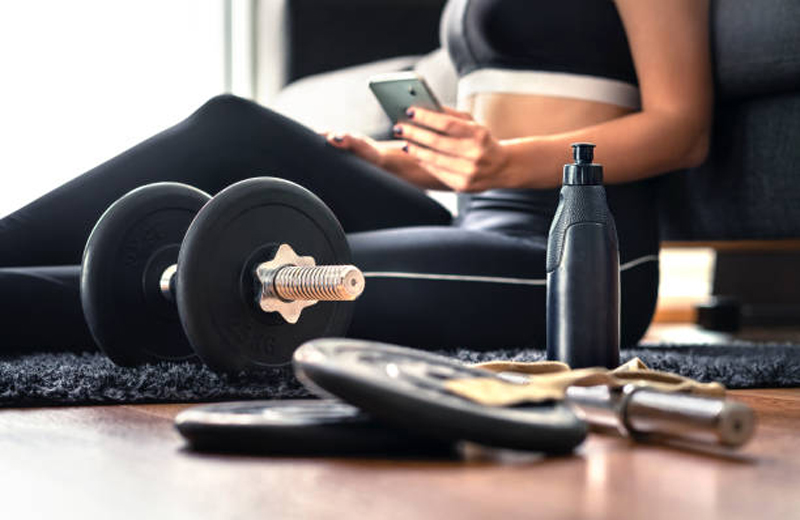
If you want to work out regularly, one of your best options is to join a gym. But if you don’t like the idea of crowds, if you want more control over your own equipment, or if your gym is closed for the foreseeable future, your best option is to create your own home gym.
It may seem like an intimidating project, especially if you’re new to the world of physical fitness, but with the right investments and priorities, you can create an amazing space for yourself.
Find Space
Your first priority, and possibly your biggest problem, will be finding space for your home gym. But your home gym may not need as much space as you think. You’ll need enough vertical space that you can reach freely without worrying about hitting the ceiling. But on the ground, you could feasibly work out in a space of as little as 50 square feet. If you want a multi-station gym, something closer to 200 square feet would be ideal.
If you don’t have a spare room already available, consider making use of space that’s currently occupied but nonfunctional. For example, do you have an old bed or an old sofa that isn’t getting used? Get rid of it and replace it with gym equipment. Alternatively, you could consider finishing an extra space, like a basement, an attic, or even a garage.
Prioritize Your Safety
Next, when constructing your gym, make sure to prioritize your safety. While working out at home, you won’t be surrounded by people to help you out if you get in trouble, so give yourself options if you find yourself in a bad position. Every home gym should have a first aid kit on standby, and you should be within reach of a phone at all times.
Additionally, you’ll want to make sure all your equipment is on a flat, sturdy surface, and that you’ve installed and are using the equipment properly. Beyond that, consider investing in soft mats that can brace you if you fall and simultaneously protect your floor from equipment-related damage.
Invest in Cardiovascular Equipment
Every home gym should have both cardiovascular and resistance equipment to be complete. For cardio, your best options are things like treadmills, elliptical machines, stationary bicycles, and rowing machines. Depending on how much space you have, you may only have room for one of these options.
You can also choose an option designed with space economy in mind; for example, you could purchase a folding treadmill that stores itself in a smaller space, or use a stand to turn your traditional bicycle into a stationary bike.
Get Weights
The other aspect of training is resistance training, and for that, your best option is weights (though resistance bands work too). If you’re new or if you’re on a budget, your best bet is to get an inexpensive set of adjustable dumbbells and an adjustable bench; together, these will give you access to a wide range of exercises for your entire body. If you’re interested in upgrading, you can purchase a barbell, and invest in more advanced equipment, like a squat rack or leg press machine.
Include a Source of Entertainment
People are much more likely to remain consistent in their workout routine if they genuinely enjoy their workout experience. You may enjoy exercise naturally, but if you want to enjoy it even further, consider adding a source of entertainment (or two) to your home facility. Depending on your budget and your personal preferences, this could mean installing a TV in front of your cardio equipment, or investing in speakers so you can play your favorite music.
Add the Bells and Whistles
From there, you can add some bells and whistles to make your home gym feel complete. These could be additions like:
- Mirrors, so you can gauge your progress and evaluate your form during certain exercises.
- A scale, so you can track your weight loss (or muscle gain) goals.
- A clipboard and chart, so you can physically track your progress if you don’t like using apps.
- Towels, so you can wipe your sweat during a workout and wipe down the equipment when you’re done.
- Tools and lubricant, so you can keep your equipment in top working condition.
- Gloves, belts, and straps, so you can lift weight at reduced risk of physical injury.
Improve Over Time
It doesn’t take much time or money to create a home gym from scratch, especially if you’re only focusing on the basics. However, as you learn more about your fitness preferences and as you get used to your equipment, you’ll come up with new ways to improve your home facility. Gradually expand on your initial structures, and keep pushing for the home gym of your dreams.
Comments
comments